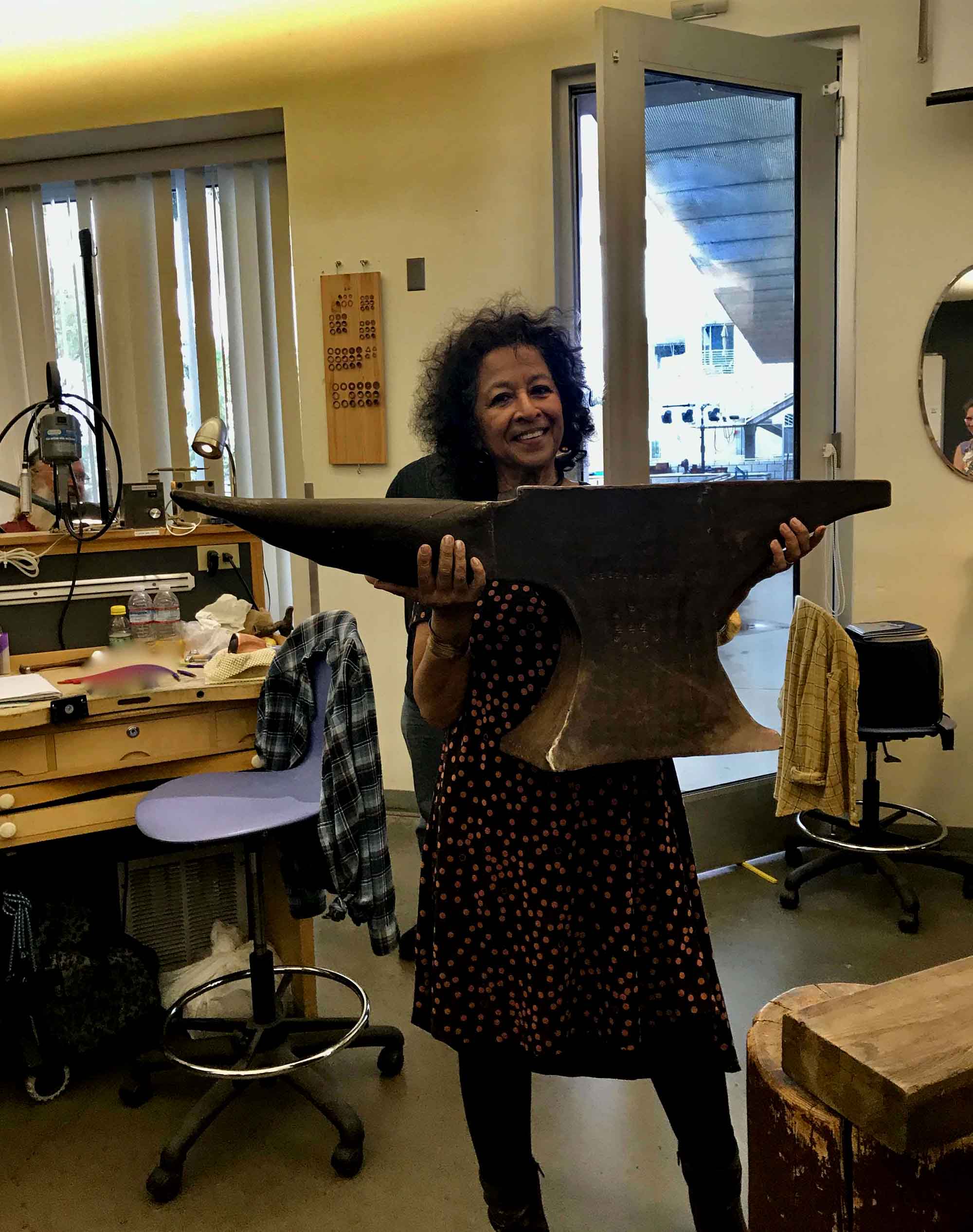"Jewelry is the one little thing that makes me feel unique."
-Elizabeth Taylor

The word "bracelet" is derived from the Latin word "brachium," which simply means "arm."
Wearing jewelry for adornment started at least as far back as 7,000 years ago. Archeological discoveries have shown people wore bracelets in ancient Egypt, Mesopotamia, India and China. Early bracelets were made of grasses, plant materials and shells. Later in copper and bronze. After the Bronze Age (2000 to 1400 B.C.), artists made bracelets of gold and silver embellishing them with stones and pearls. Jewelry became a symbol of wealth, status, power and ritual.
Innovations in bracelet design using silver as the most common material for bracelets was popularized in the 20th century by artists like George Jensen, Art Smith, Margaret DuPaata and others. Silver was less expensive than gold but had the sparkle of a precious metal that people loved.
The preference for silver over yellow has extended to industrial metals, like steel, titanium, niobium and tungsten. Industrial metals are now the dominant material in men's bracelets.
I have been working with sterling silver, argentium silver, titanium, niobium and steel. I enjoy them for the different challenges they offer in the making and the difference in the elegance of the finished work.
Use your mouse & cursor to scroll
"Jewelry is the one little thing that makes me feel unique."
-Elizabeth Taylor
